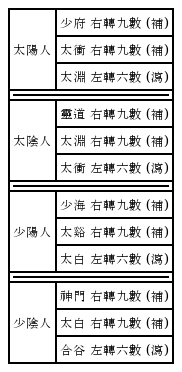Classification of Sa-sang typology based on index signs for Tae-Geuk acupuncture: a narrative review
Article information
Abstract
Objectives
There are substantial variations on the methods of identifying Sa-sang typology in clinical practice. This review aimed to describe the clinical experiences on the classification of Sa-sang typology based on index signs for practice of Tae-Geuk acupuncture.
Methods
Core physical signs and interpretation of treatment response for the classification of Sa-sang typology are suggested based on 42-year clinical experiences of the expert (the first author).
Results
Epigastric tenderness and hepatic dullness sound are the most important physical sign in the classification of Sa-sang typology. Clinical experiences indicate that there may be a positive association between the presence of epigastric tenderness and hepatic dullness sound. Four sets of acupuncture points are matched for four types of Sa-sang institution, respectively. Appropriate match will resolve epigastric tenderness and hepatic dullness sound, while this will not happen if inappropriate match is employed.
Conclusion
I suggest that two physical signs (i.e., epigastric tenderness and hepatic dullness sound) are essential for the classification of Sa-sang typology in Tae-Geuk acupuncture.
Notes
이 논문은 부산대학교 기본연구지원사업(2년)에 의하여 연구되었음.

